When I first visited Kenya, during my previous long Tour, fifteen years ago, the country possessed only three World Heritage Sites. Two of those were, and still are, rather isolated and difficult to reach, particularly considering the north-south route that I employed at the time. Additionally, the one Site I did manage to visit, Mount Kenya and its surrounding forests, I considered to be an unsatisfactory visit because that normally impressive peak was enshrouded by clouds for my entire time in the area. Therefore, I was pleased that in the intervening years four new Sites in Kenya have been added to the List, which are also, more or less, reasonably convenient to access. Two of those are located in the western part of the country, which was where my current route through Kenya began.
The first I visited was Thimlich Ohinga, a cultural Site located in the southwestern corner of the country, and only inscribed to the List very recently, in 2018. That position made it the least convenient of the new Sites to include on my route, since it required a significant southerly deviation from any of the potential long-distance routes through the country. However, in this case I did not really mind because that part of the country possesses a surprisingly good secondary road network and a number of towns and villages with essential services. It was also bright and green in late January, the end of the shorter of two annual dry seasons. The only significant encumbrance to reaching the Site was a final 20-kilometer-long section of dirt road of marginal quality leading to its entrance.
The Site preserves an example of a distinct style of settlement, developed by the pastoralist Luo people around five hundred years ago, to provide safe, defensible habitations for the people and their cattle. In the local language, Thimlich Ohinga means structure built from mounds, with scary forest.
In this case, mounds
is probably not the best descriptor, since the major features of the Luo settlements were constructed used dry-stone-wall methods, where stacks of interlocked stones created sturdy walls without the aid of a binder, such as mortar. This method was used to build a circular outer wall that was tall and thick, as well as much lower circular walls within the enclosed space, which were used as cattle pens. Also within the enclosed area were dwellings that resembled many other traditional round homes found around Africa, but which were built with a distinctive double-walled design that seemed to keep the interior reasonably cool. The Scary Forest
was an additional belt of dense thicket allowed to grow around the perimeter, just beyond the outer stone wall. In that climate, natural vegetation growth leads to a tangled, thorny imbroglio. Together, these elements provided excellent protection for the residents from both human attackers and predatory animals.
Though this Site was a little out of the way and was a relatively minor Site, compared to other cultural Sites on the List, it was interesting to see and provided a pleasant short visit. The fact that few other people have visited the Site as of now was an additional attribute, in fact I was the only international visitor to see the Site in several months.
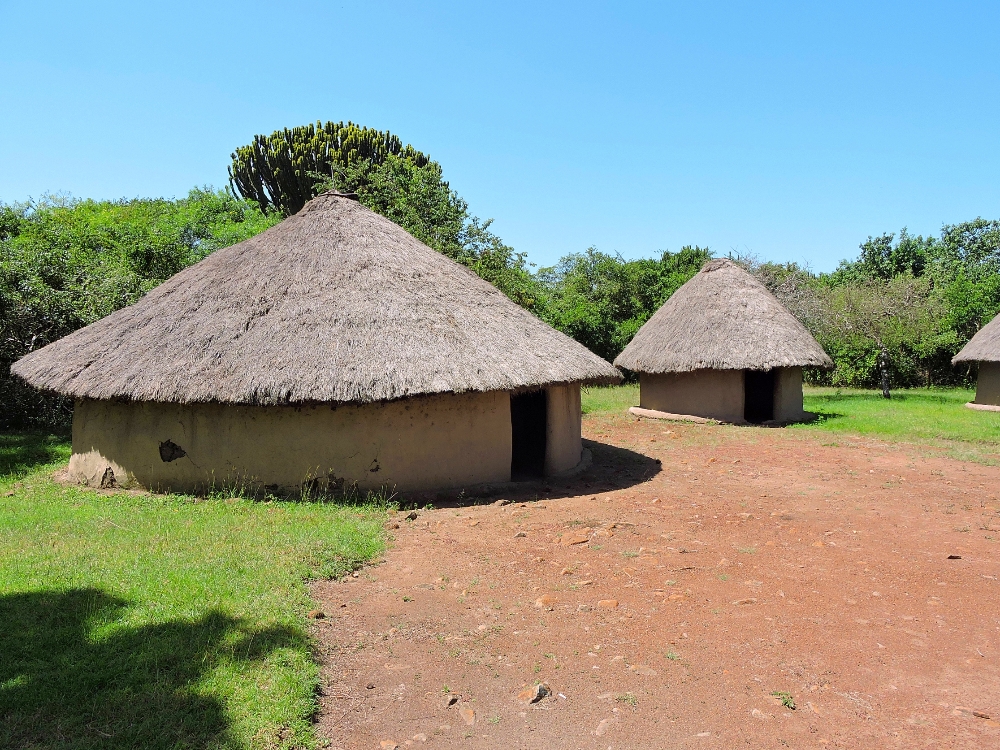
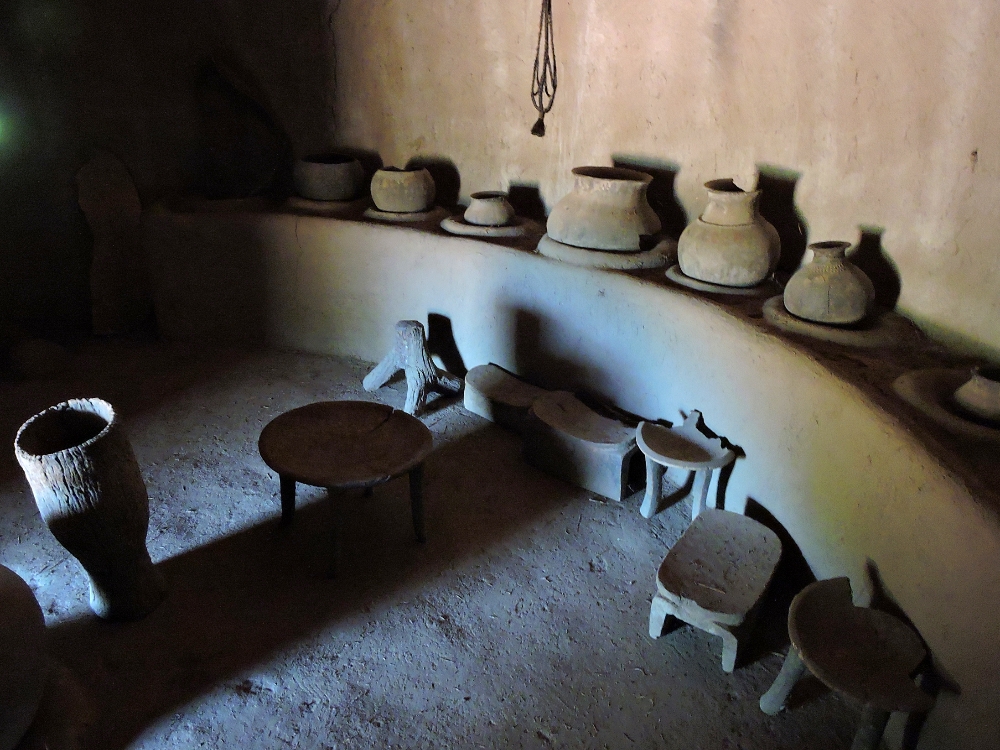
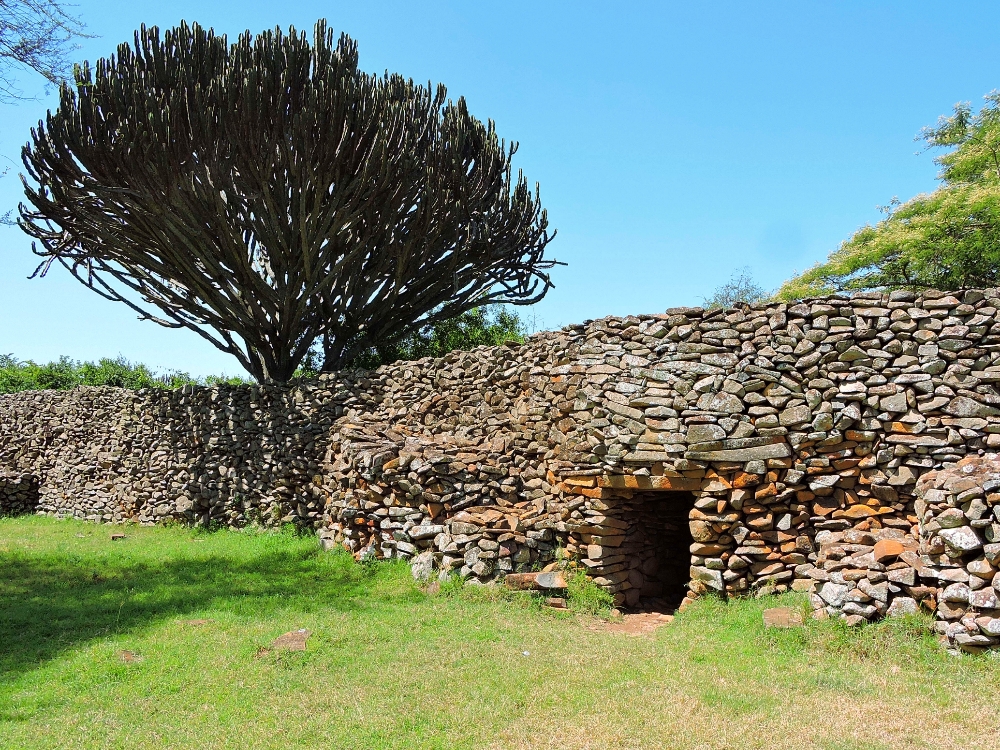
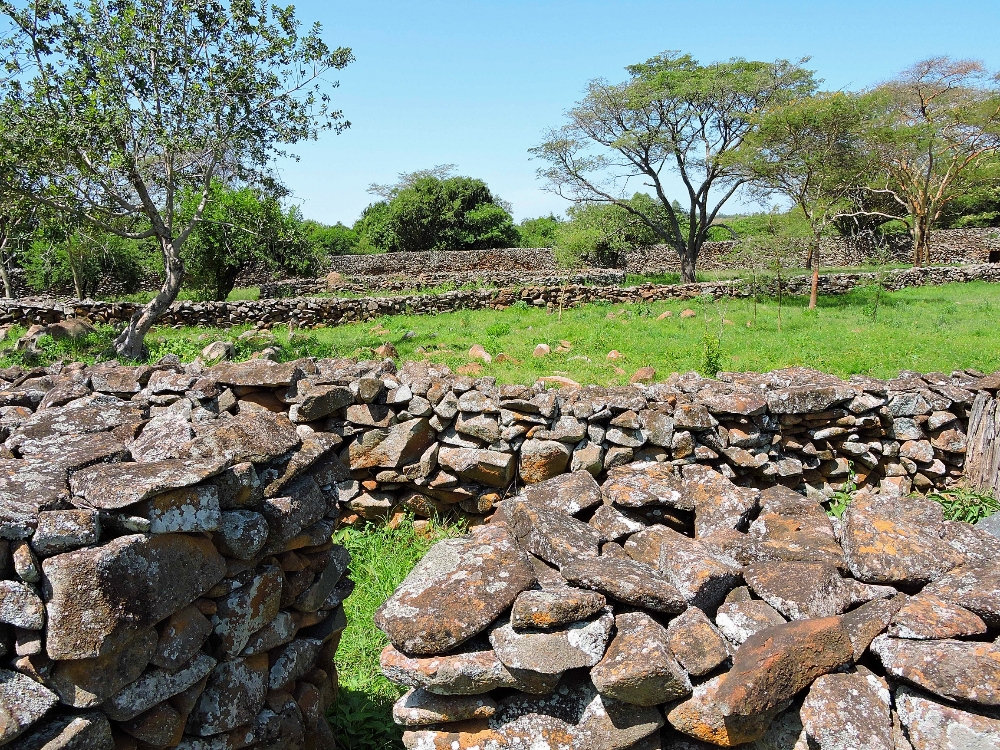
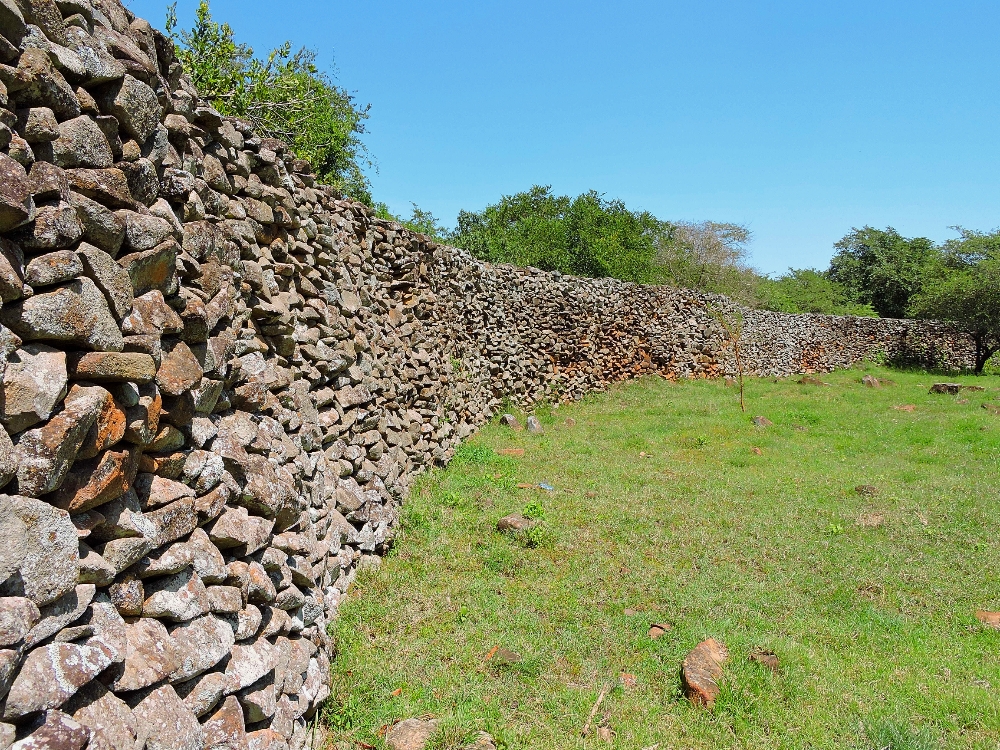
Next came a natural Site, and in Africa that always means animals and, in this case, especially birds. Therefore, I was more than happy to visit the Kenya Lake System in the Great Rift Valley, a Site which could be conveniently seen on my way to Nairobi. Actually, a visit is only partially convenient because, like most natural parks in Africa, it is not possible to explore independently, and locating and employing a guide adds a level of cost and complexity that I might prefer to avoid. However, once that is taken care of the additional expertise usually leads to more interesting sightings.
The Great Rift Valley is an immense geological feature stretching from Djibouti to Zambia, where tectonic forces are slowly tearing the horn of Africa away from the rest of the continent. Numerous lakes have been formed along the length of this often-deep valley, and most of those have long been important locations for wildlife. Three fairly small examples of these lakes, two saline and one with fresh water, have been virtually combined into the Kenya Lakes System Site. I only had time to visit the largest of the three, the saline Lake Nakuru, and saw one of the others from a distance. Most of my observations at the Lake focused on birds, and those will appear in a separate post, however, there were some general aspects of the Lake which stood out.
On a map, the National Park appears to consist only of the Lake itself and a fairly small sliver of shoreline surrounding it, but in person the land area of the Park around the Lake is surprisingly extensive, increasing the variety of habitats available to explore. There is also a significantly large city, also named Nakuru, which abuts the northern side of the Park and it is rather amazing that those two entities have coexisted for so long, apparently without major problems. However, it has been one unexpected change that has perhaps been the most interesting. Starting about eight years before my visit, the level of water in the three Lakes began to rise, and no one is sure exactly why. An unknown tectonic change may be the cause, since rainfall and inflow into the Lakes has not increased in recent years. Some results of this event have been that the formerly salt-encrusted shoreline has now been submerged, and thicker woodlands growing just beyond are becoming waterlogged.
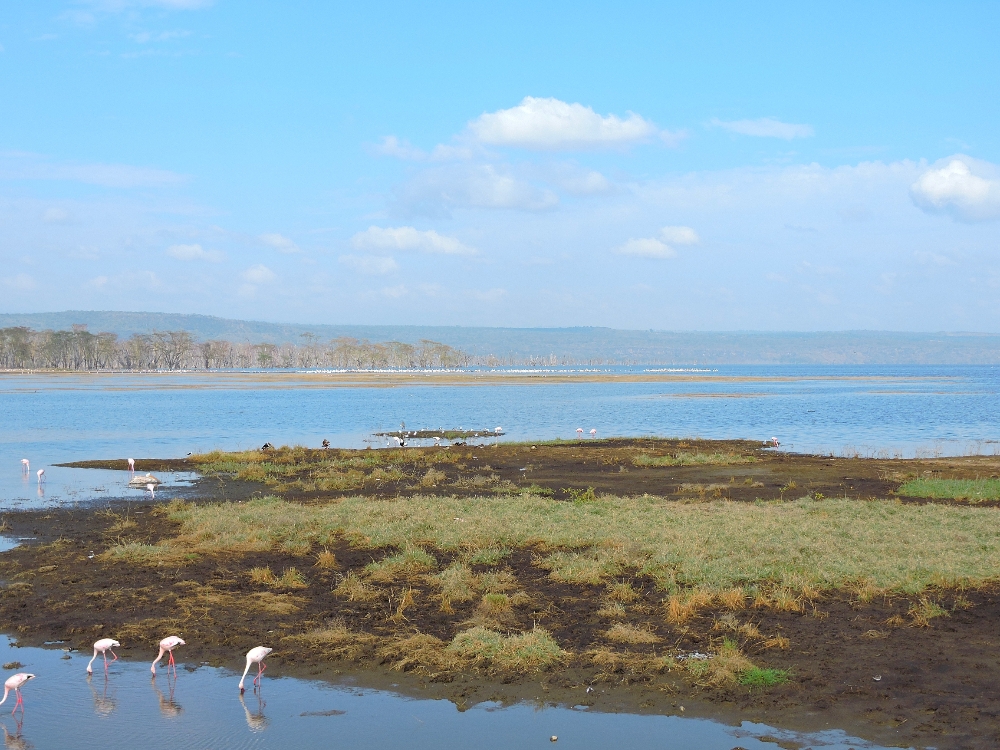
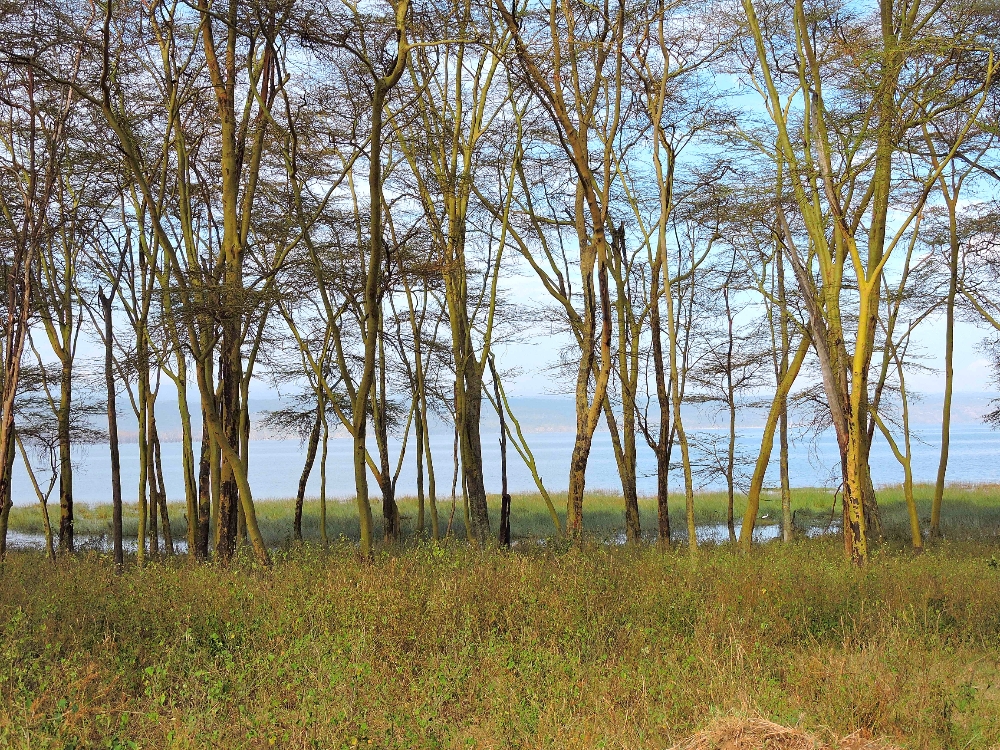
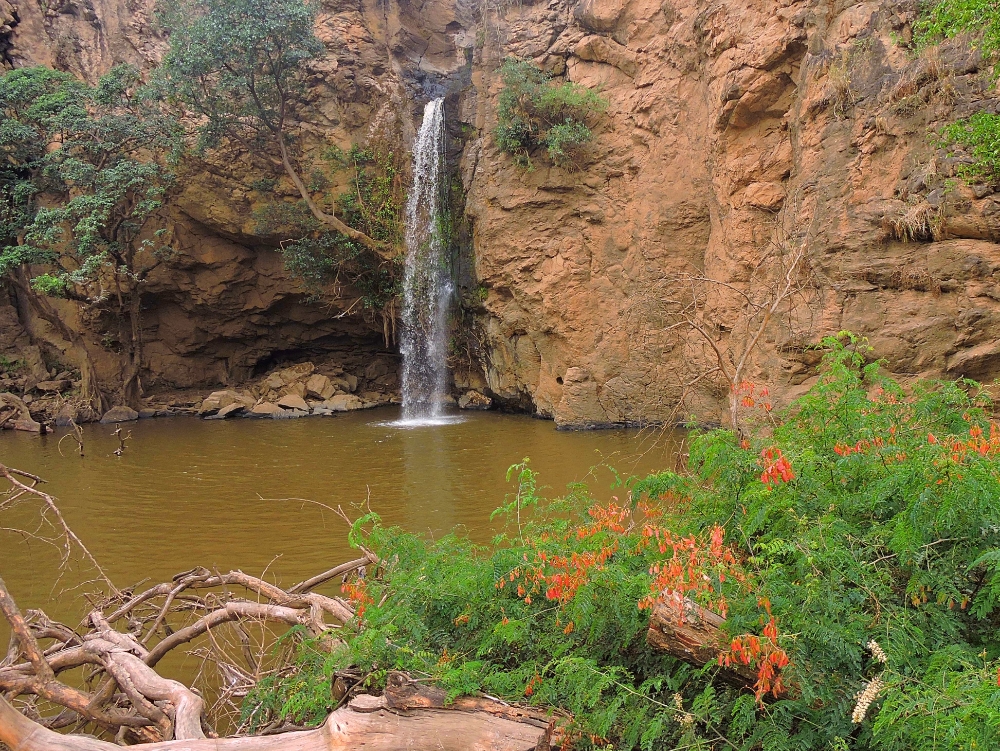
Even though the movements of the Earth’s crust continue to provide surprises this Lake is still a top-level place to see birds, and the quantities there on the day I visited were definitely impressive. Of course, there are always more fascinating creatures to see in Africa, like these two examples, which were unconcerned by our close observations.
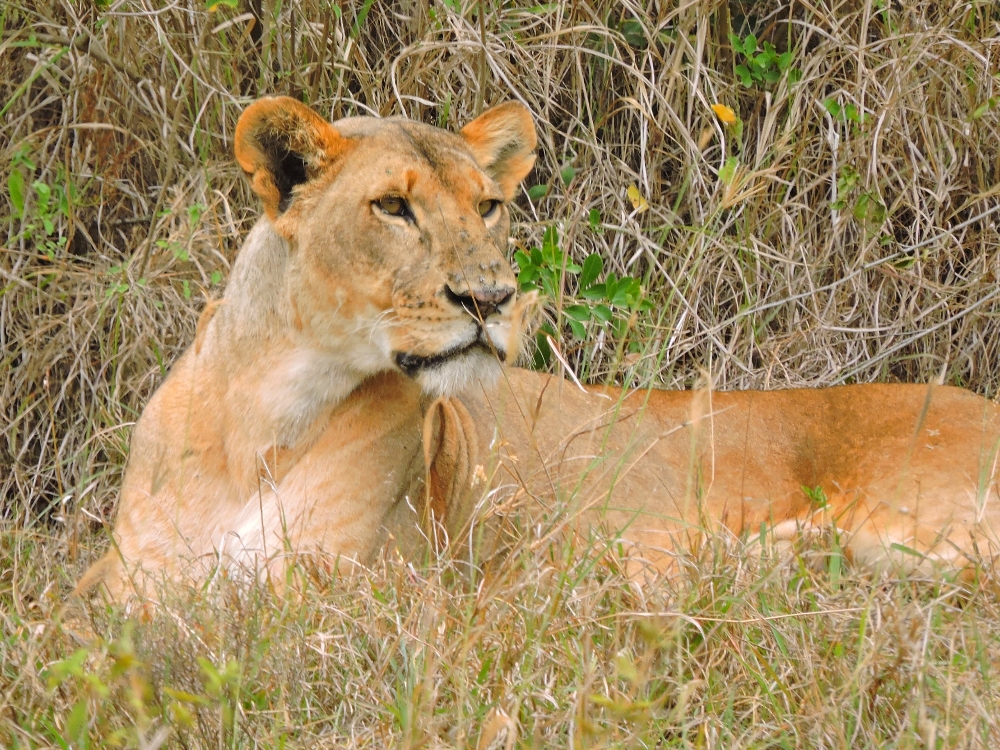
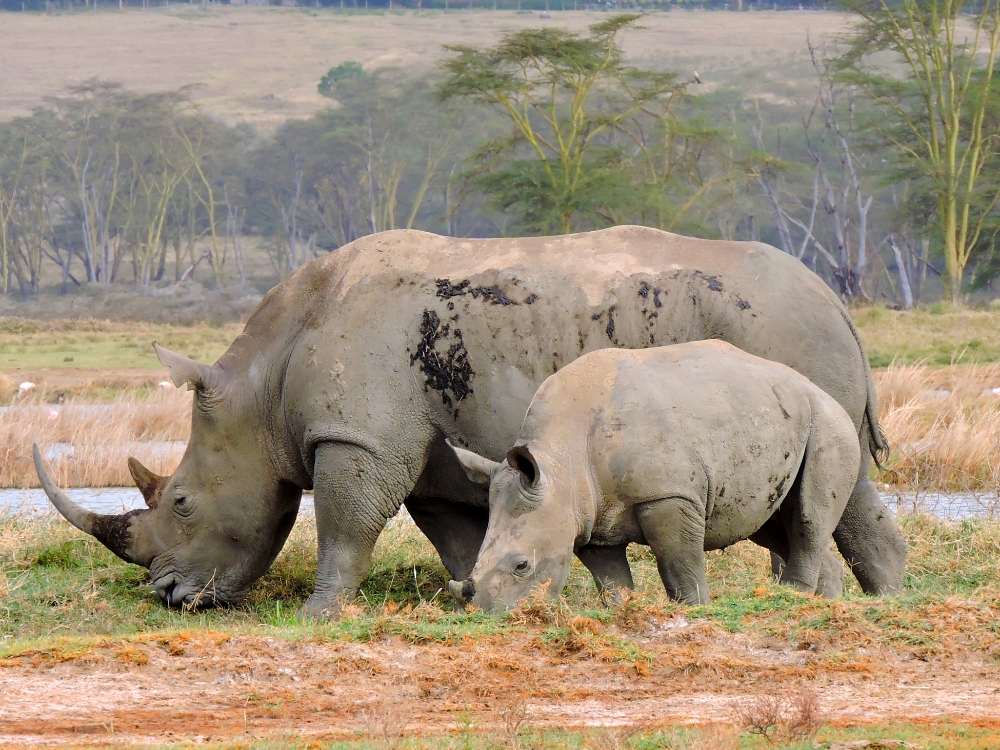
It was nice to be able to continue my partially restored pace of Site visits in Kenya, even more so considering that I am not quite done here yet.